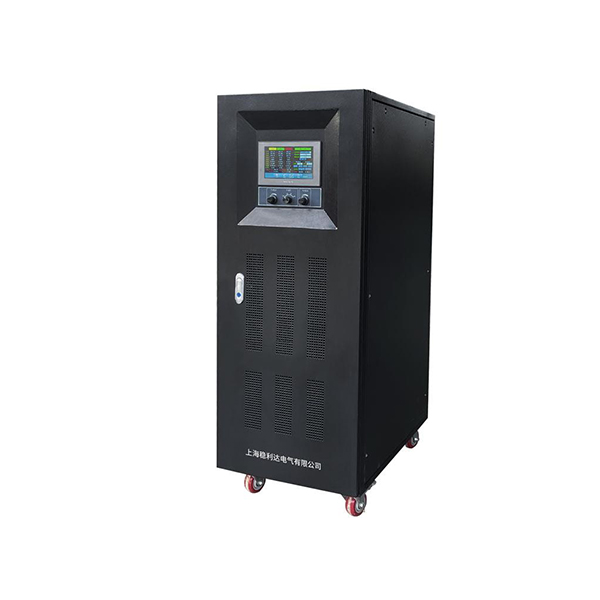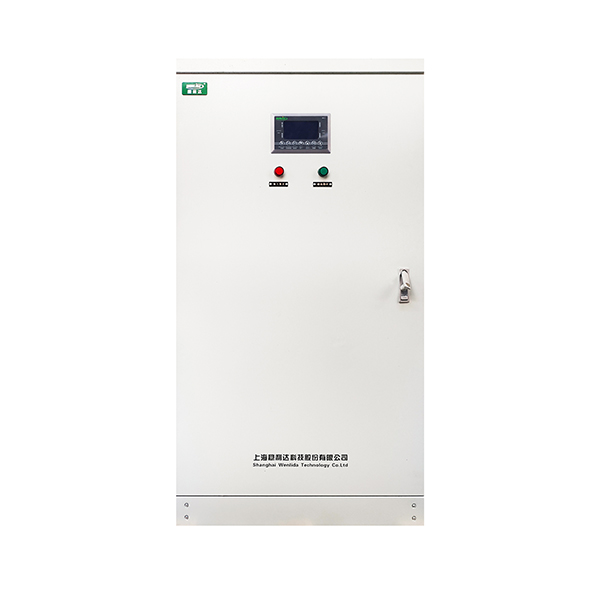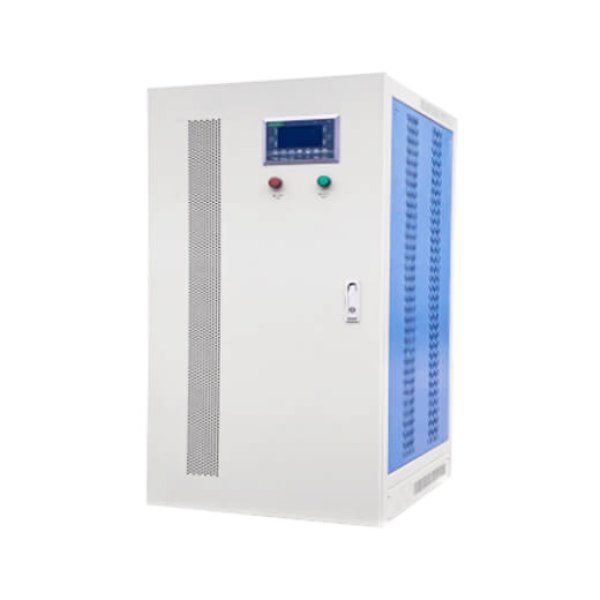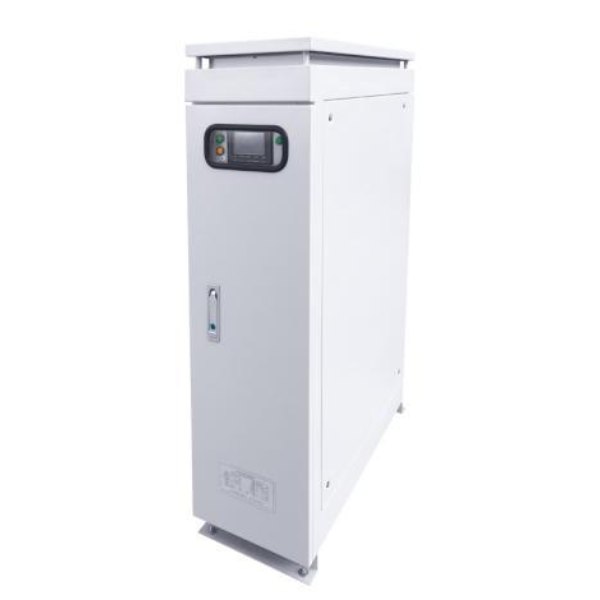Variable Frequency Power Supply
The VFP variable frequency power Supply is the new generation 32 bit processor of ARM, which is used by Wenlida as the core. IGBT is the executive component, and the isolation transformer is designed for voltage regulation.
- Temperature-10~45℃
- Relative Humidity0~90%
- Insulation Resistance> 20 mΩ, DC 500V
- Withstand Voltage1500Vac / 10mA
Integrated Voltage Stabilizer & Transformer
A Integrated Transformer&Voltage Stabilizer (Stable transformer integrated machine) is the voltage regulator and transformer installed in a chassis, the use of modular configuration wiring, making the stable transformer equipment in the maintenance are very convenient. And save space to reduce purchase costs and reduce line loss to provide efficiency, can withstand instantaneous high voltage, high current and harsh temperature, humidity, vibration environment. Stable transformer integrated machine is often used in imported equipment, can maintain the stable voltage accuracy and variable voltage range.
- Efficiency≥ 97%
- Insulation resistance ≥ 2M Ω
- Waveform distortion ≤ 0. 1%
- Working efficiency50Hz~60Hz
Compensation AC Industrial Voltage Stabilizer / Servo Motor Controlled AVR
In industrial settings, maintaining stable voltage is crucial for ensuring the optimal performance and longevity of sensitive equipment. The Compensation AC Industrial Voltage Stabilizer / Servo Motor Controlled AVR is a sophisticated device designed to address the challenges of voltage fluctuations and provide a consistent, reliable power supply to industrial applications.
- Model NO.SBW/DBW
- Rated Capacity10kVA—3600kVA
- Working Frequency50Hz / 60Hz
- Noise55db
AC Roller Type Voltage Stabilizer for the Rural Area
An AC roller type voltage stabilizer is a type of voltage stabilizer that utilizes a rolling contact mechanism to regulate output voltage. It consists of a transformer with a movable roller that continuously adjusts the turns ratio between the primary and secondary windings, thereby varying the induced voltage in the secondary winding.
- Model NO.SFBW (N) / DBW (N)
- Rated Capacity10kVA—150kVA
- Working Frequency50Hz
- Noise55db
Non-Contact Compensating AC Voltage Stabilizer
Continuously monitoring the input voltage of the power grid line, the voltage detection unit converts any voltage changes into digital signals. These signals are then processed by the microcontroller, guided by preprogrammed instructions and predefined data. The intelligent control system then transmits commands to the optocoupler, activating the contactless and swift electronic switching circuit to precisely adapt the output voltage. This ensures that the output voltage remains within the acceptable error range, effectively maintaining automatic voltage stabilization.
- Input Frequency50/60Hz
- Efficiency≥98%
- Voltage Stabilizing Accuracy±2%
- Response Speed<10ms or <20ms
- Voltage Output: Power supplies typically provide a specific voltage output to meet the requirements of the connected devices. Common voltage levels include 5V, 12V, and 24V.
- Current Output: The current output capability of a power supply is measured in amperes (A) and determines the amount of electrical current it can deliver to connected devices.
- Power Rating: The power rating, measured in watts (W), indicates the maximum amount of power a power supply can deliver. It is the product of voltage and current.
- Input Voltage Range: Power supplies often have a specified input voltage range within which they can operate efficiently. This range ensures compatibility with various electrical systems and regions.
- Efficiency: Efficiency is a measure of how well a power supply converts input power into usable output power. Higher efficiency is desirable as it reduces energy waste and heat generation.
- Regulation: Power supplies should maintain stable output voltages despite variations in input voltage or load conditions. Regulation ensures a consistent and reliable power supply to connected devices.
- Computers and Servers: Power supplies are essential components in desktop computers, servers, and data centres, providing the necessary electrical power to run the internal components.
- Consumer Electronics: Power supplies are used in devices such as televisions, DVD players, gaming consoles, and audio systems to convert and regulate electrical power for proper device operation.
- Networking Equipment: Routers, switches, and other networking devices rely on power supplies to ensure a stable and reliable data transmission and communication power source.
- Telecommunications: Power supplies are employed in telecommunications infrastructure, including cell towers, base stations, and communication equipment, to support uninterrupted connectivity.
- Industrial Automation: Manufacturing and industrial automation systems use power supplies to provide electricity for control systems, sensors, motors, and other components.




